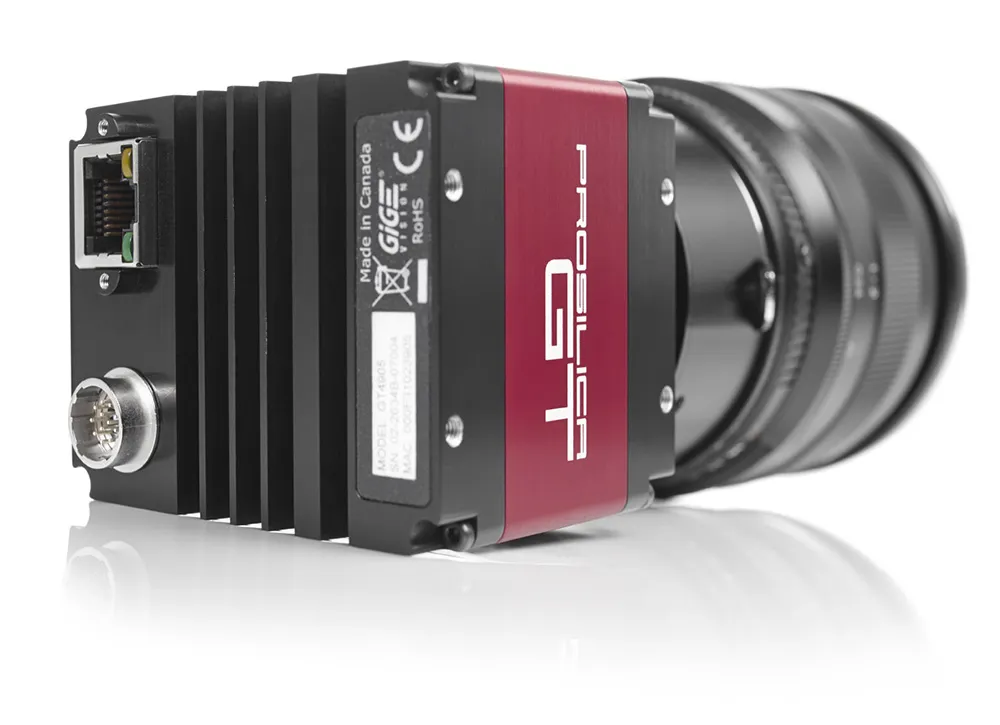Plextek, the design house behind the Blighter electronic-scanning ground surveillance radar system, has announced today that its radar units have been deployed to enhance Heathrow’s perimeter security. The Blighter B400 series electronic scanning radars – with Frequency Modulated Continuous Wave (FMCW) and Doppler processing – form part of an integrated perimeter security system at Heathrow, developed and supplied to BAA, the airport operator, by Touchstone Electronics, a specialist security provider to the
May 31, 2012
Read time: 2 mins
The Blighter B400 series electronic scanning radars – with Frequency Modulated Continuous Wave (FMCW) and Doppler processing – form part of an integrated perimeter security system at Heathrow, developed and supplied to
“We needed a highly reliable, maintenance-free system that could provide intensive 24-hour surveillance of key areas of the airport in all weather and light conditions,” says Andy Cowen, BAA’s security development manager. “The Blighter Doppler system is technically superior to anything else we’ve seen and met our requirements in full, and since deployment has led to considerable operational savings, reduced security staff costs, with a marked improvement in detection.
“Installation costs were also minimal as Blighter’s long-range detection capability and wide elevation beam allow the radars to be remotely mounted on existing airport infrastructure thus avoiding digging up airport surfaces to lay cables. Blighter is also particularly effective in the airport environment as it is able to monitor movement between different security zones.”
Plextek says its Blighter radars are particularly well suited to airport security applications due to their long-range detection capability (10m to 2km in steps up to 32km), 20º wide elevation beam and their ability to detect very small and slow targets even in cluttered environments. The Blighter radar’s low-power FMCW electronic signature is also compatible with other airport communications and navigation equipment.










